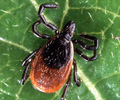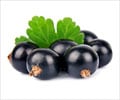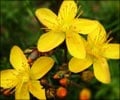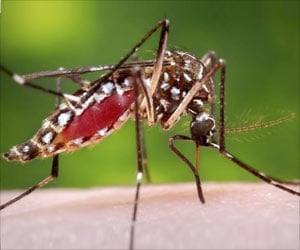New preclinical study in test tubes showed that selected plant-based herbal medicines, especially Ghanaian quinine and Japanese knotweed, work better than antibiotics for treating lyme disease.
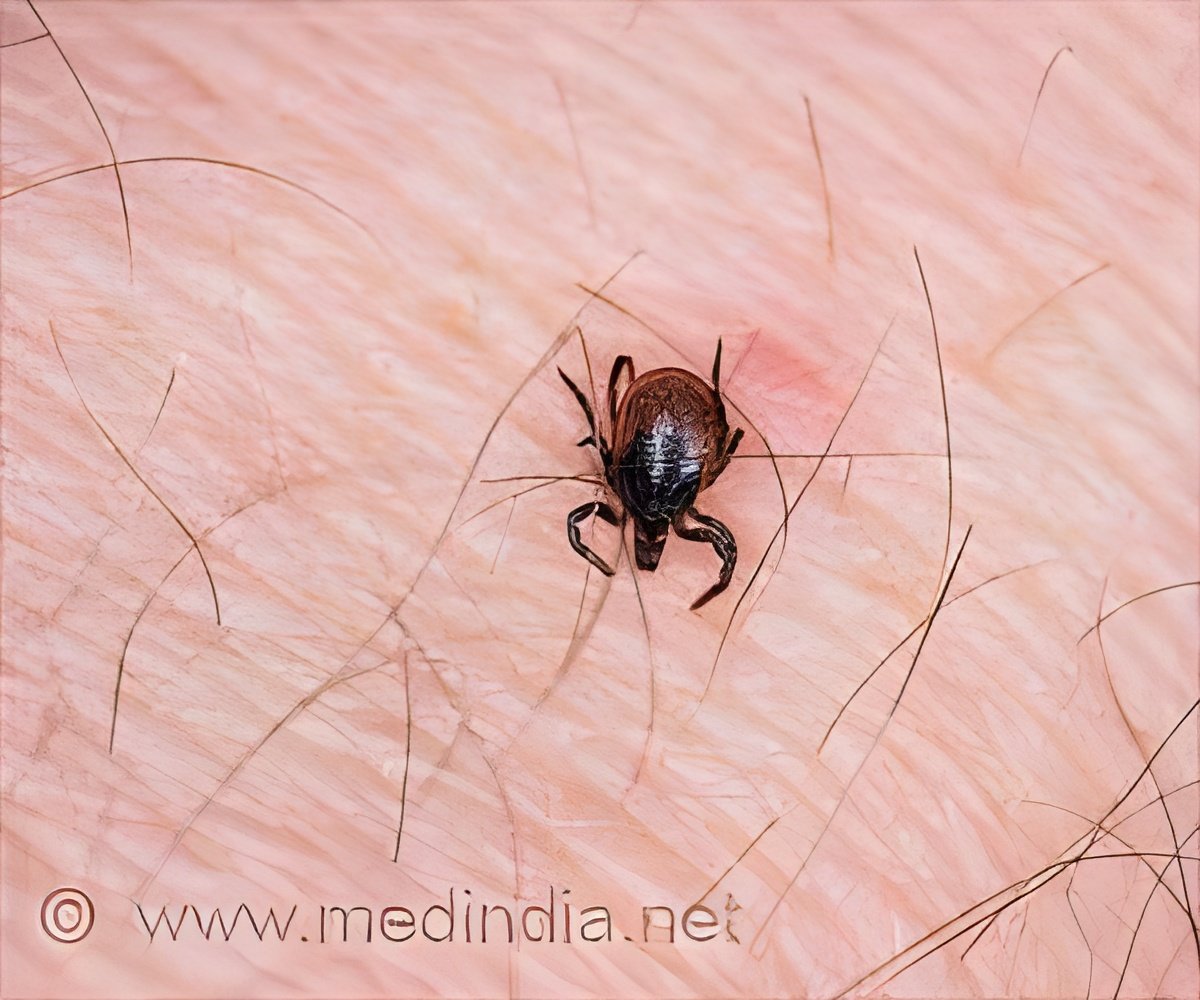
‘Herbal medicines benefit patients with persistent Lyme disease, who do not get treated effectively. These potent herbal medicines can be further evaluated through animal studies and clinical trials.’
Read More..




Late-stage Lyme patients may experience many different symptoms, including fatigue, joint pains, memory problems, facial paralysis, aches, stiffness in the neck, heart palpitations, and severe headaches. The discovery of novel treatments against Lyme disease is therefore of great interest.Read More..
The researchers tested these extracts' effectiveness in vitro (outside of a living organism) against the free-swimming "planktonic" form of the bacterium as well as against microcolonies. Microcolonies are aggregates of bacteria, the first stage in the development of biofilms - structured bacterial communities that stick to a surface and are embedded in a slimy extracellular matrix.
The researchers show that plant extracts from black walnut, cat's claw, sweet wormwood, Mediterranean rockrose, and Chinese skullcap had strong activity against B. burgdorferi, outperforming both tested antibiotics.
But by far the strongest performers were Ghanaian quinine (Cryptolepis sanguinolenta; also known as yellow-dye root, nibima, or kadze) and Japanese knotweed (Polygonum cuspidatum).
Ghanaian quinine is a shrub from West Africa containing the antimicrobial alkaloid cryptolepine, and is used in ethnomedicine to treat malaria, hepatitis, septicemia, and tuberculosis. Japanese knotweed is a traditional medicine in India and China that contains the polyphenol resveratrol.
Advertisement
Remarkably, a single 7-day treatment with 1% Ghanaian quinine could completely eradicate the bacterium - it did not regrow, even under optimal conditions in the drug's absence.
Advertisement
"These findings are exciting as they offer opportunities for improved treatment of persistent Lyme disease, which is not helped by the current standard treatment. We are interested in further evaluating these potent herbal medicines through animal studies as well as clinical trials."
However, not all tested compounds or herbs yielded positive results against the bacterium. Extracts of grapefruit seeds, green chiretta, ashwagandha, candy leaf (also known as stevia), fuller's teasel, and Japanese teasel had little or no effect, and neither did the chemicals colloidal silver, monoglyceride monolaurin, or antimicrobial peptide LL37 from human immune cells.
This was surprising, as anecdotal and preclinical studies suggested that they might be effective, and they are often used in the community of Lyme disease practitioners and patients.
"Many thousands of Lyme patients today, especially those with later-stage symptoms who have not been effectively treated, are in great need of efficacious, accessible treatment options," says Dr Sunjya K. Schweig, CEO and co-Director of the California Center for Functional Medicine and Scientific Advisory Board Member of the Bay Area Lyme Foundation.
Source-Eurekalert

